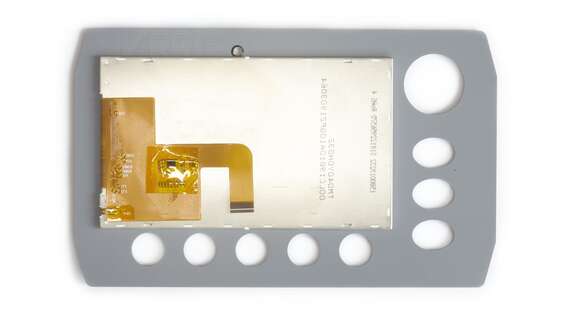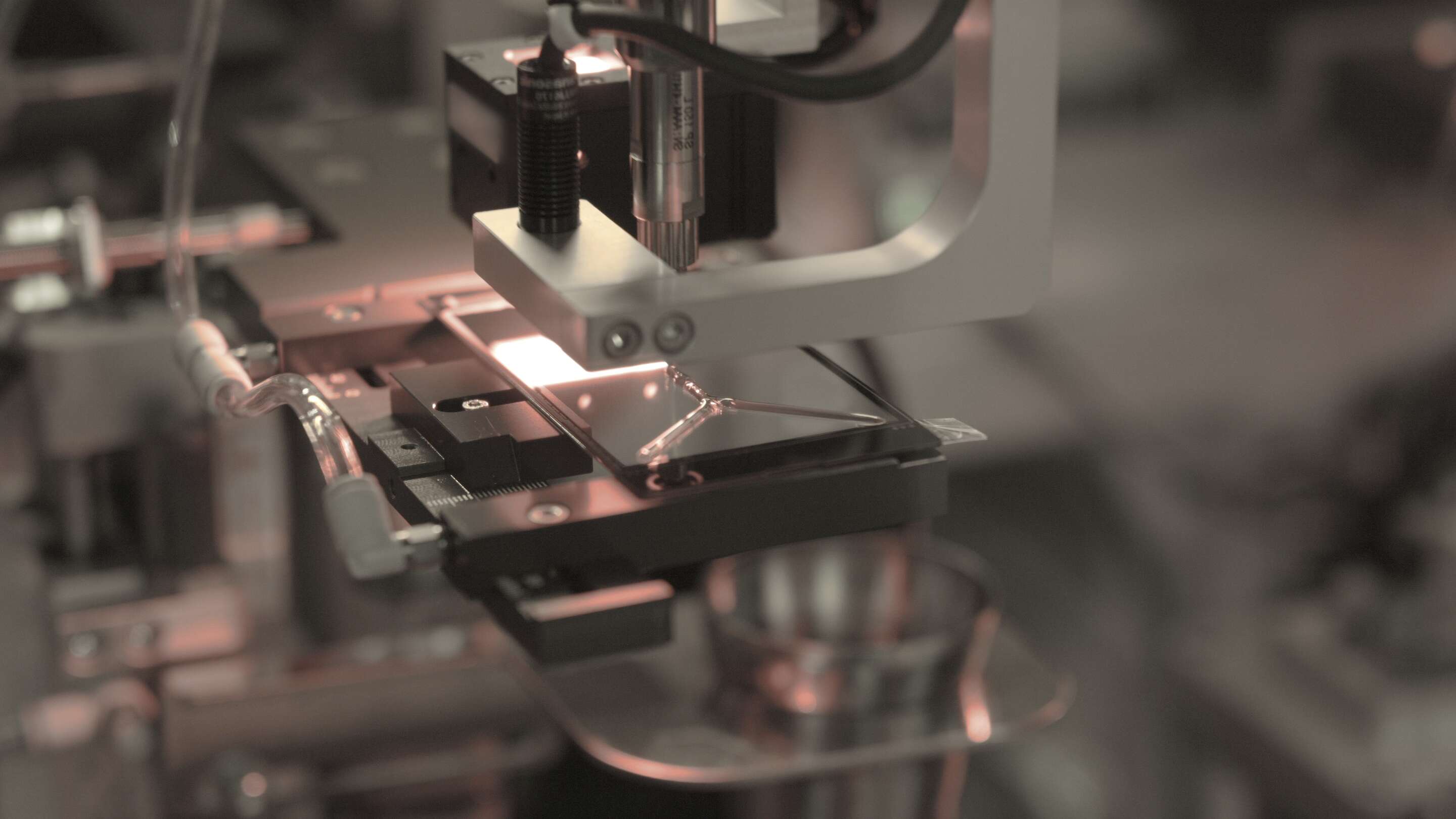What are the disadvantages of optical bonding?
Very Difficult to Repair
Optical bonding offers numerous benefits for display technology, enhancing readability, durability, and visual performance. However, one significant challenge lies in the repair process. When protective glass or touchscreen glass is glued to the TFT display using a visually transparent adhesive, it creates a bond that is incredibly difficult to remove. This blog post delves into the complexities of repairing optically bonded displays and why the cost of such repairs often proves to be economically unviable. At Interelectronix, we understand these challenges and strive to provide insights that help you make informed decisions about your display technology.
The Nature of Optical Bonding
Optical bonding involves the use of a transparent adhesive to bond the protective glass or touchscreen glass directly to the TFT display. This process eliminates air gaps, reduces reflections, and improves contrast, resulting in superior display quality. The adhesive used in optical bonding is designed to create a strong, durable bond that enhances the display's performance in various environments. However, this very strength also contributes to the difficulty of repairing these displays.
The Challenge of Removing Optical Bonding
Once an optical bond is formed, removing it without causing damage to the display components is a complex and delicate process. The adhesive is formulated to withstand environmental stresses and maintain a robust bond over time. Consequently, attempting to separate the bonded layers can lead to further damage, rendering the repair process not only challenging but also risky. The intricacies involved in safely dismantling an optically bonded display require specialized equipment and expertise.
Economic Viability of Repairs
The cost of repairing an optically bonded display often outweighs the benefits. Given the difficulty of removing the adhesive and the risk of damaging the display during the process, repairs can become prohibitively expensive. In many cases, it may be more cost-effective to replace the entire display unit rather than attempting a repair. This economic reality poses a significant consideration for businesses and consumers alike when opting for optically bonded displays.
Specialized Equipment and Expertise
Repairing optically bonded displays demands specialized equipment and a high level of expertise. The precision required to safely remove the adhesive without harming the display components necessitates advanced tools and skilled technicians. At Interelectronix, we recognize the importance of expertise in this area and emphasize the need for professional handling of optically bonded displays. Our team is equipped with the knowledge and tools to address these challenges, though the inherent difficulties remain.
Impact on Different Applications
The difficulty in repairing optically bonded displays can have varying impacts depending on the application. In consumer electronics, where devices are frequently upgraded, the repair challenges may be less critical. However, in industrial and medical settings, where display longevity and reliability are paramount, the inability to economically repair bonded displays can pose significant operational and financial challenges. Understanding these implications helps in making informed decisions about the adoption and maintenance of optically bonded technology.
Preventative Measures and Maintenance
Given the repair challenges associated with optical bonding, preventative measures and regular maintenance become crucial. Ensuring that displays are protected from physical damage and environmental stress can help prolong their lifespan and reduce the likelihood of needing repairs. At Interelectronix, we advise our clients on best practices for maintaining their optically bonded displays to mitigate the risks and extend the usability of their technology.
Alternatives to Optical Bonding
While optical bonding offers unparalleled display quality, it's essential to consider alternatives that may provide easier repairability. For applications where frequent maintenance and repairs are anticipated, other bonding methods or protective measures may be more appropriate. Understanding the trade-offs between display performance and repairability is critical in selecting the right technology for your specific needs.
Long-Term Considerations
When opting for optical bonding, it's important to weigh the long-term benefits against the potential challenges. While the enhanced display quality and durability are significant advantages, the difficulties in repair and the associated costs must also be factored into the decision-making process. At Interelectronix, we help our clients navigate these considerations to make choices that align with their long-term goals and operational requirements.
Why Interelectronix
Choosing Interelectronix means partnering with a team that understands the complexities and challenges of optical bonding. Our commitment to quality and expertise ensures that you receive the best possible advice and solutions for your display technology. Whether you're considering optical bonding for its performance benefits or exploring alternatives for easier maintenance, we're here to guide you every step of the way. Contact us today to learn more about how we can support your display needs and help you achieve the best outcomes for your technology investments.

